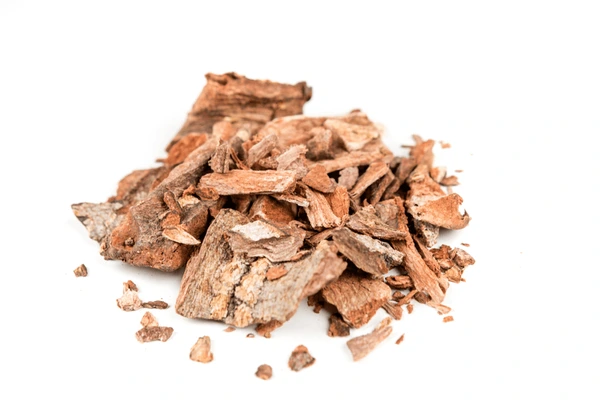Cuachalalate, scientifically known as Amphipterygium astringent, is a plant deeply rooted in traditional medicine for its purported healing properties. However, like many natural remedies, it comes with its share of potential side effects and considerations for safe usage. Let’s delve into what these side effects are, the factors influencing them, dosage guidelines, and safety measures to keep in mind.
Common Side Effects
- Skin Reactions: Before incorporating cuachalalate into your regimen, it’s wise to conduct a patch test to check for any allergic reactions, as skin sensitivity varies from person to person.
- Allergic Reactions: Being part of the Anacardiaceae family, individuals allergic to cashews and pistachios may experience allergic reactions to cuachalalate. This underscores the importance of understanding personal allergies before use.
- Interaction with Medications: Cuachalalate might interact with medications prescribed for chronic conditions like diabetes and high blood pressure. Hence, seeking advice from a healthcare expert is crucial to avoid any adverse interactions.
- Gastrointestinal Problems: Some individuals may encounter gastrointestinal discomfort such as nausea, bloating, gas, and vomiting due to the impact of cuachalalate on gut health.
- Liver Health: For those with sensitive livers or undergoing treatment for liver conditions, it’s recommended to consult a healthcare professional before consuming cuachalalate tea to mitigate any potential risks.
Rare Side Effects
As per available data, there are no reported rare side effects associated with cuachalalate. However, it’s essential to remain vigilant and report any unusual symptoms to a healthcare provider promptly.
Factors Influencing Side Effects

Several factors can influence the manifestation and severity of side effects:
- Dosage: The intensity of side effects may vary depending on the dosage and frequency of cuachalalate usage.
- Individual Sensitivity: Each person’s reaction to cuachalalate may differ based on their unique physiology and health status.
- Potential Health Risks: Individuals with pre-existing health conditions or allergies may be at higher risk of experiencing adverse effects.
Dosage Guidelines
- To prepare cuachalalate tea, boil a liter of water and add 5 pieces of cuachalalate bark.
- For cuachalalate capsules, the recommended daily dosage is 1350mg (equivalent to 3 capsules).
Precautions and Safety Measures
- Before integrating cuachalalate into your wellness routine, seek guidance from a healthcare professional.
- Avoid self-diagnosis and self-medication to prevent any potential complications.
- Monitor for adverse effects diligently and promptly report them to your healthcare provider.
Consultation with Healthcare Provider
Given the potential interactions and individual variability, consulting a healthcare provider is strongly advised before commencing cuachalalate usage, particularly for those with underlying health concerns or medication regimens.
In conclusion, while cuachalalate holds promise as a traditional remedy, it’s essential to approach its usage with caution, considering potential side effects and individual health circumstances. By prioritizing safety measures and seeking professional guidance, one can harness the benefits of cuachalalate effectively while minimizing associated risks.
Also Read:
- Home Remedy to Remove Protein From Contacts
- Honey and Onions Home Remedy
- Unlocking Guaco Herb Health Benefits: Nature’s Miraculous Healer



